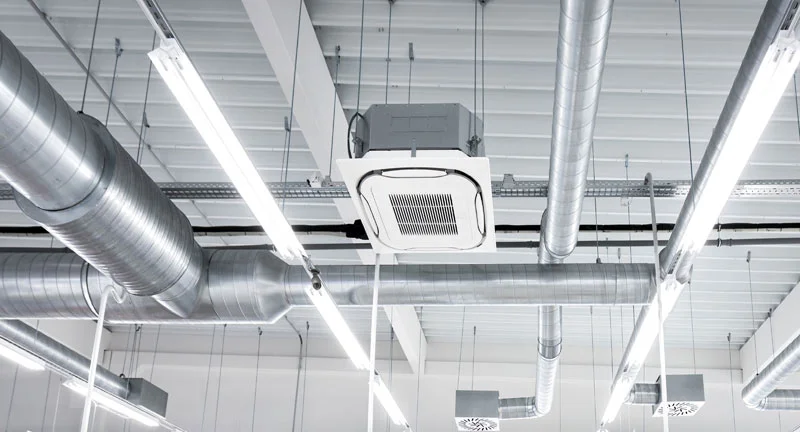The Workers Stopped Coming In
The solution should be to turn these offices — now largely empty after the pandemic — into homes. Two problems solved, right?
A quibble about the podcast discussed in the previous post (and of other media) is a moment when the host said that:
during the pandemic, the workers stopped coming in
That’s true, but the phrasing makes it sound as if the workers just decided not to come to work anymore. As if they stubbornly said, en-masse somehow, “we’re not going there anymore.”
It’s a framing I’ve seen elsewhere in the media too, usually in business-oriented press. “How do we get people to come back to work?” they ask.
Workers didn’t “stop coming in.” They were instructed by the government not to come in. To prevent loss of life.
If workers had the ability to decide — individually or collectively — to “stop coming in” and to work from home where it’s safer and easier and cheaper and better, they would have started doing so in about 1997.
*
Escape the office forever and don’t look back. Buy the brand new edition of our mag.
101 Uses for a Dead Office

There’s a design podcast I sometimes listen to called 99% Invisible.
A recent episode called Office Space looks at the challenge of repurposing useless, ugly, obsolete, recently-deceased office buildings.
There’s a housing crisis in every major city and a surplus of offices. It’s almost as if our priorities have been completely backwards for decades.
The solution should be to turn these offices — now largely empty after the pandemic — into homes. Two problems solved, right?
Well, I knew it wouldn’t be that simple because, according to all the design and urban planning videos I watch, zoning laws and corrupt car-prioritsing by-laws cause all manner of problems when you try to turn one urban development into another. And, because I live in Glasgow, I was also aware of the more inherent problem of building homes without proper neighbourhoods to support them.
Neighbourhoods evolve organically. Shops and homes and post offices and third spaces pop up like wildflowers once the initial seeds are sewn. It’s wild, human nature. When you dump a huge housing development in the middle of nowhere (as they did with Glasgow in the 1960s), the neighbourhood doesn’t evolve naturally and they aren’t pleasant places to live. Through boredom and isolation, they become crime hotspots and public health crises.
Office blocks aren’t generally in neighbourhoods. My old office on Concrete Island was a particularly bad example, stranded in a wasteland behind a snakes’ nest of motorways and A-Roads. But even better offices are in pretty shit areas. Go for a walk in one on the weekend (or on Christmas Day, like I did) and you could hear a pin drop. It isn’t fit for humans [now].
Still, it’s better to reuse a building if possible than to demolish and start over. So that’s what some developers are trying to do, according to this podcast. I enjoyed hearing about the various problems and solutions. I want them to work.
Anyway, an interesting nugget is that older office buildings, pre-War, convert relatively well into homes because they have windows.
Did you hear that? Offices used to have windows! And not sarcastic full-wall one-way-mirror windows. Or indeed Microsoft Windows. Just the usual sort of human-scale windows that might make people feel comfortable and at-home.
It’s apparently the post-War builds of the 1950s onwards that present the biggest challenge. The reason? Wait for it.
Air conditioning and fluorescent lights.
Air conditioning and fluorescent lights replaced windows. Oh brave new world.
*
Escape the office forever and don’t look back. Buy the brand new edition of our mag.



